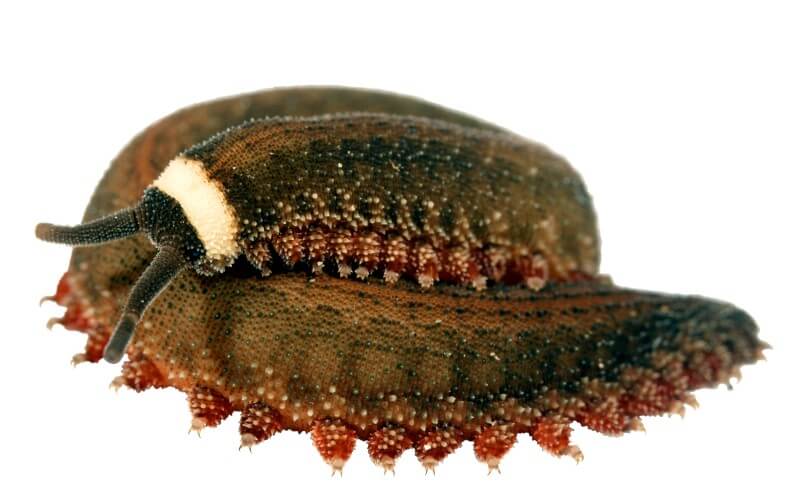In the tropical, temperate forests it calls home, the velvet worm uses a projectile “slime” to capture its prey.
When it’s ejected from the worm, the slime transforms into a gel before solidifying into stiff fibers upon exposure to air. This forms an inescapable trap for struggling prey.
“The fact that the slime transitions from a liquid to a solid in mid-air is extremely unusual,” said Professor Matthew Harrington, co-director of the McGill Institute for Advanced Materials. “It appears that the forces it experiences when ejected initiate the transition.”
In a new study exploring the molecular structure of velvet worm slime, Professor Harrington’s group in collaboration with researchers from UQAM, Germany and Barbados, have found a chemical modification that has been preserved throughout evolution for nearly 400 million years. They say these findings bring scientists one step closer to developing sustainable synthetic materials inspired by this natural phenomenon.
The fibers produced from the slime exhibit a strength akin to nylon, yet they can dissolve in water and be reconstituted into new fibers from the solution. This solidified slime essentially becomes recyclable, Harrington said, a quality with profound implications for inspiring sustainable materials research.
This unusual chemical modification, known as a phosphonate, is extremely rare in land animals and may hold a clue to the materials properties of the slime. “This modification is clearly important to the slime’s function since it has been conserved across species for so long,” said Harrington.
The next phase of research aims to unravel the evolutionary significance of this unique chemical modification and its role in the velvet worm’s hunting mechanism.
About this study
Peculiar Phosphonate Modifications of Velvet Worm Slime Revealed by Advanced Nuclear Magnetic Resonance and Mass Spectrometry by Matthew Harrington et al., was published in the Journal of the American Chemical Society. DOI: 10.1021/jacs.3c06798


